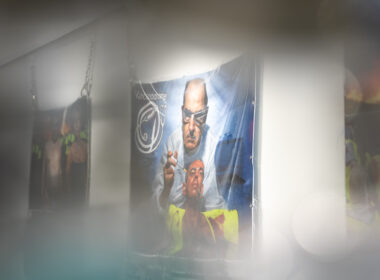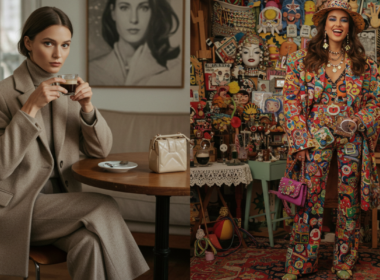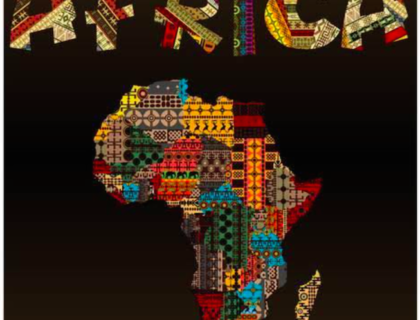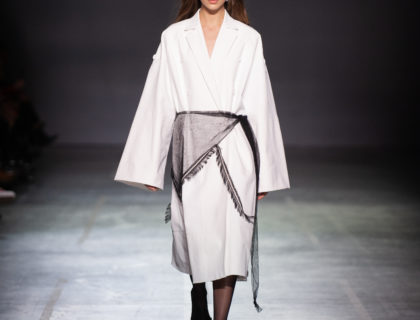When African Fashion comes to mind, what sets this authentic style of fashion from the rest in a globalised village where everything is everything? Is it the fabric? The workmanship? The source of resources and raw materials?
With a history that goes way back to the 18th Century when African fabrics were created across different regions within the continent, Africa is a large and diverse continent with various types of cultures priding themselves in different traditional fashion aesthetics which differs within each country influenced by several factors including environmental, trade and migration. Despite the fact that very little is recorded around the origin of African Fashion, this style has become a subject of interest to consumers across the shores rapidly.
With a long-standing skill in crafts and textile weaving, dyeing, and printing, clothing was worn to communicate age, gender, occupation, ethnicity, power, religion celebration, rituals and other significant life events. In Africa, there is a “distinct difference in dress style that varies between the Anglophone and francophone Africa. According to Helen Jennings, editor of Arise, a London-based African fashion magazine, “Anglophone Africa is much more westernized on the whole and therefore gets more international attention, while Francophone designers, although still very contemporary, do veer toward more traditional styles..”

In Nigeria, Textiles such as the unique hand-woven Akwete cloth is produced in the town of Akwete in Abia state, Nigeria while the Ukara Ekpe, a woven material usually dyed blue (also green and red) is also crafted and worn by Igbo people. While the Yoruba people of Nigeria pride themselves in their very own woven textile, Aso oke fabric. Another unique cloth, Adire is an indigo–dyed cloth made in south-western by Yoruba women using a variety of resist-dyeing techniques.
The Ashanti and Ewe people celebrate their woven Kente cloth (Nwentom), a type of silk and cotton fabric made of interwoven cloth strips native to the Akan ethnic group of West Ghana.
In Sahelian Africa, the dashiki, Senegalese kaftan in wax print or bazin and the grand boubou are worn more prominently, though not exclusively. Before the sewing machines, the boubou used to be sewn and embroidered entirely by hand. The dashiki is on the other hand is highly stylized and is rendered with an ornate V-shaped collar.
In contrast the grand bubu is simpler, even more so than the djellaba, common amongst the Tuareg, who are known for their beautifully dyed indigo robes.
In traditional bògòlanfini production, men weave the cloth and women dye it. The Mud cloth (Bògòlanfini fabric) was produced by the Bambara, a Mandé ethnic group native to much of West Africa, primarily southern Mali, Guinea, Burkina Faso and Senegal. A variety of Ankara or African Wax Prints are omni-present and common materials for clothing especially in West Africa.
In Southern Africa Chitenge is produced in Zambia while the originally dyed indigo, Shweshwe depuis 1840’s characterised by intricate geometric patterns is a printed dyed cotton fabric widely used for traditional South-African clothing.

In East Africa, the kanzu is the traditional dress worn by Swahili speaking men while women wear the leso (kanga) and the gomesi. The Kanga and Kitenge have been produced in Tanzania, Kenya and other regions of East Africa for years. In Ethiopia, men wear the Ethiopian suit and women wear the habesha kemis. In Somalia, men wear the khamis with a small cap called a koofiyad. Barkcloth making is an ancient craft of the Baganda people who live in the Buganda kingdom in southern Uganda and has been produced by the Buganda tribe in Uganda for centuries.
In North-East Africa, traditional women’s clothing has been influenced by Middle- Eastern culture which can be exemplified by the simply embroidered Jelabiya which are similarly worn in the Gulf states. The Moroccan Djellaba also shares similar properties with the Grand boubou, the Dashiki, and the Senegalese kaftan.
Globalization has certainly enhanced the traditional African fashion aesthetic hence making it more accessible to the global market. However, while the rest of the global fashion market progresses due to African cultural appropriation by some big global brands, many African cultural hubs across the continent continue to struggle while living below the poverty line as a result.
Knowledge is power, and therefore I urge you to start learning more about your roots, culture and heritage so you can be in a better position to take charge and run this continent on the level you would like to see it run.
#KnowYourAfrica, share your thoughts and keep it locked on the next series around “Redefining African Fashion” with a specific focus on Protecting our cultural intellectual property.
Yours fabulously











